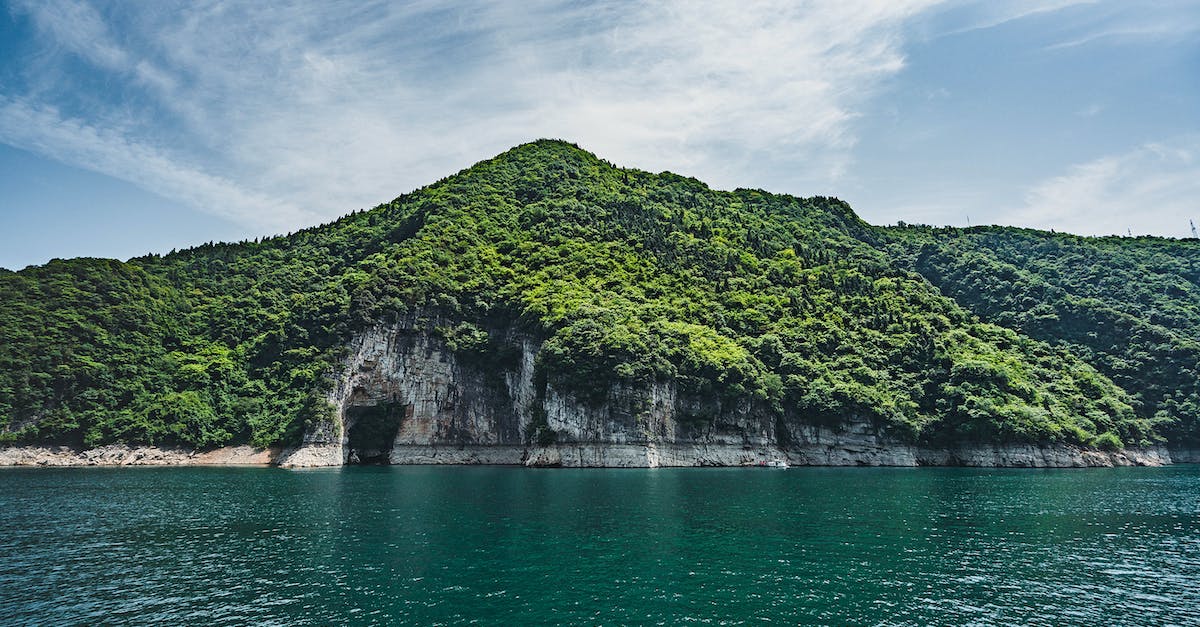Analyzing the Consequences of China and Japan’s Territorial Disputes in the East China Sea

The recent developments in the ongoing dispute among China and Japan about a collection of islands in the East China Sea, known as the Diaoyu in China and The Senkaku in Japan are cause for concern to foreign observers. The tensions continue despite ongoing discussions between the two countries. The islands in dispute were the subject of discussion with Qin Gang, China’s foreign minister, and Yoshimasa Haashi who is Japan’s counterpart. Both sides voiced concerns. The official from China urged Japan to end “right-wing provocations.” Since the beginning of time, tensions have been high between Japan and China in relation to concerns over the East China Sea islands.
1. Which one of these islands lies in the East China Sea and what do they mean?
Since the beginning of time for a long time, the East China Sea has been an problem with Japan and China. The dispute centers on a group of uninhabited islands called”the “Senkaku Islands” in Japan as well as the “Diaoyu Islands” located in China. Both sides claim the islands, located within the East China Sea between them. Both countries have long had claims to these islands and the water surrounding the islands. But, it’s not certain who has this territory, or what their boundaries of the territory are. The conflict has become more heated since each nation adopts aggressive actions to protect their claim over the last few years.
2. Who owns the East China Sea islets?
The recent news regarding issues with the East China Sea islands dispute between Japan, China is a indicator of an ongoing geopolitical war. Both Japan as well as China assert sovereignty over the islets that lie within the East China Sea. They are strategic to both nation and have been in dispute for a long time, even before the end the second half of World War II. Japan believes that the islands are an integral element of its territorial boundaries, and has sought to assert its sovereignty over the islands. China is on the other side, claims that they are part of its territory from the beginning and sought to assert its sovereignty. This has led to an array of provocative moves from both sides, including Japan’s recent demands for China stop its “right-wing” provocation.
3. What exchanged of thoughts took place that took place between Qin Gang, China’s foreign minister with Yoshimasa Yamasaki, the Japanese colleague on Thursday?
Qin Gang, the Chinese foreign minister, and Yoshimasa Hayashi (his Japanese counterpart) discussed recent developments concerning China’s request for Japan to end “right-wing provocations” in the East China Sea Islands. The Minister Qin Gang voiced concern over Japan’s provocations. These were seen by Japan as attempts to claim their territorial claims to the islands. Minister Hayashi In turn, Minister Hayashi was able to assure Secretary Qin that Japan stood firm in its commitment to maintaining the status quo and respectful of China’s position on the matter. The Foreign Ministers of both countries discussed the need for both countries to cooperating to preserve peace and security in the region.
4. Qin is hoping that Japan will stop doing what it is currently doing.
China is requesting that Japan put an end to all “right-wing provocations” in the East China Sea Islands. Wang Yi, the Chinese foreign minister, has asked Japan not to take action in response. China says that the Japanese administration has engaged into provocative conduct in the region, such that it has sent government vessels as well as aircrafts to islands, visiting the islands without permission, and conducting military drills in the vicinity. Secretary Wang Yi has asserted that these actions are detrimental to peace and stability in the region as well as that China’s request is in line with the principles of international law.
A Brief Summary
The tensions are continuing to grow in the region between China and Japan in the conflict over the East China Sea islands, it is vital for all sides to maintain an open dialog for the sake of ensuring that the resolution of cross-strait issues remains free from coercion or violence. Each country must stay committed to finding a solution that takes into account the needs and desires of both parties and allow the disagreements to be addressed without resorting to confrontation or violence.









